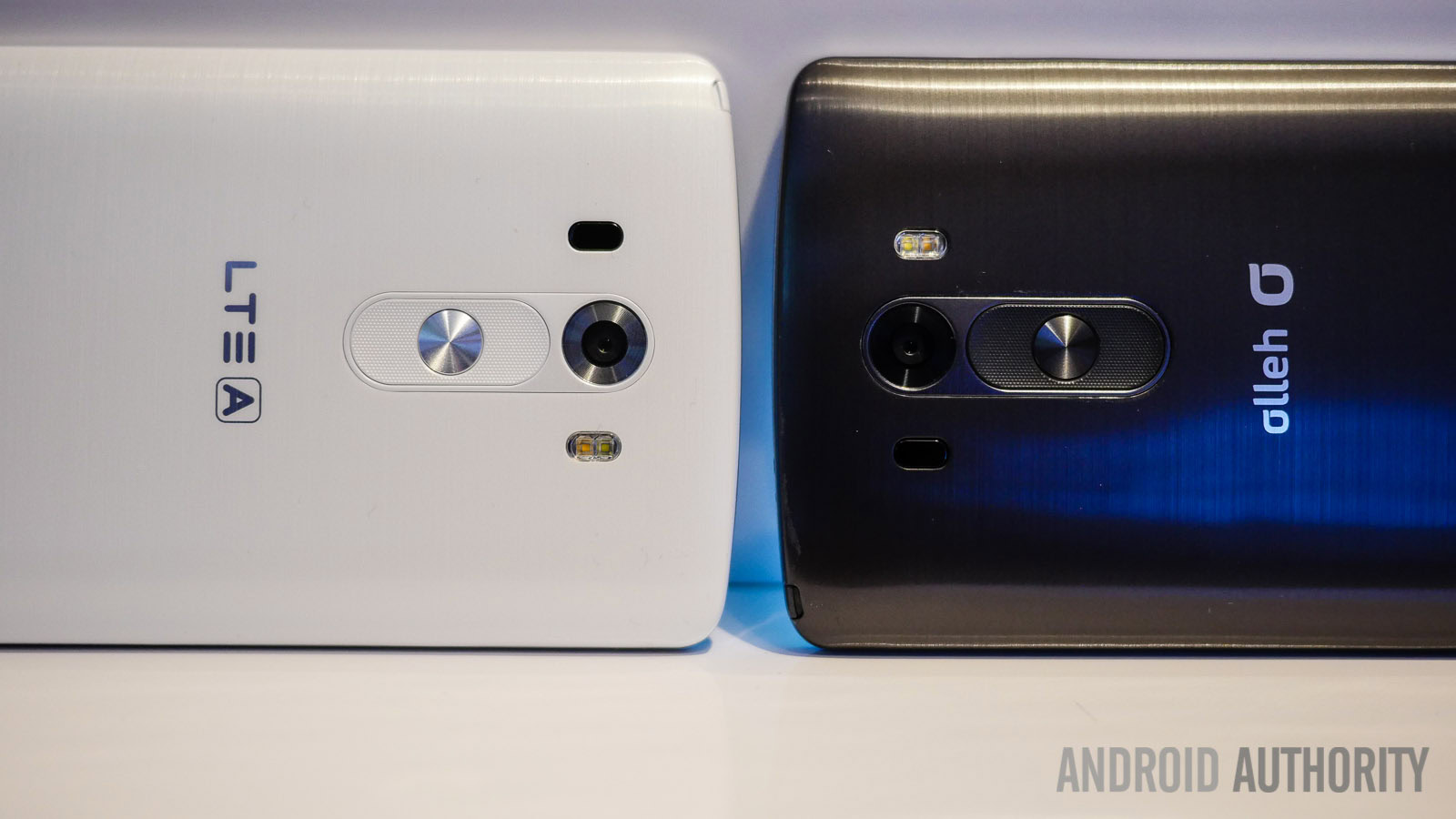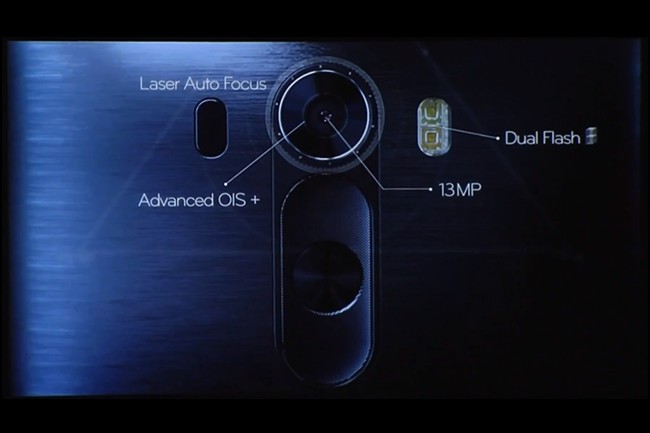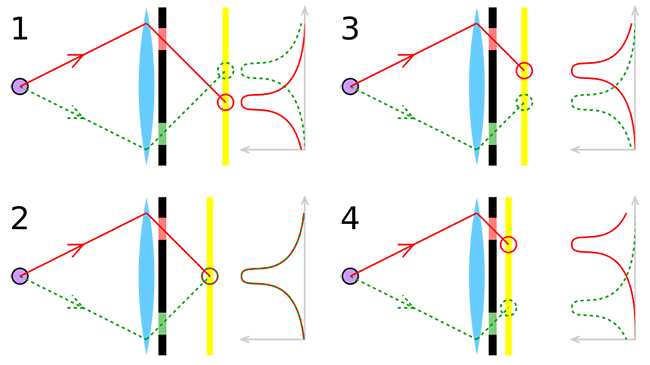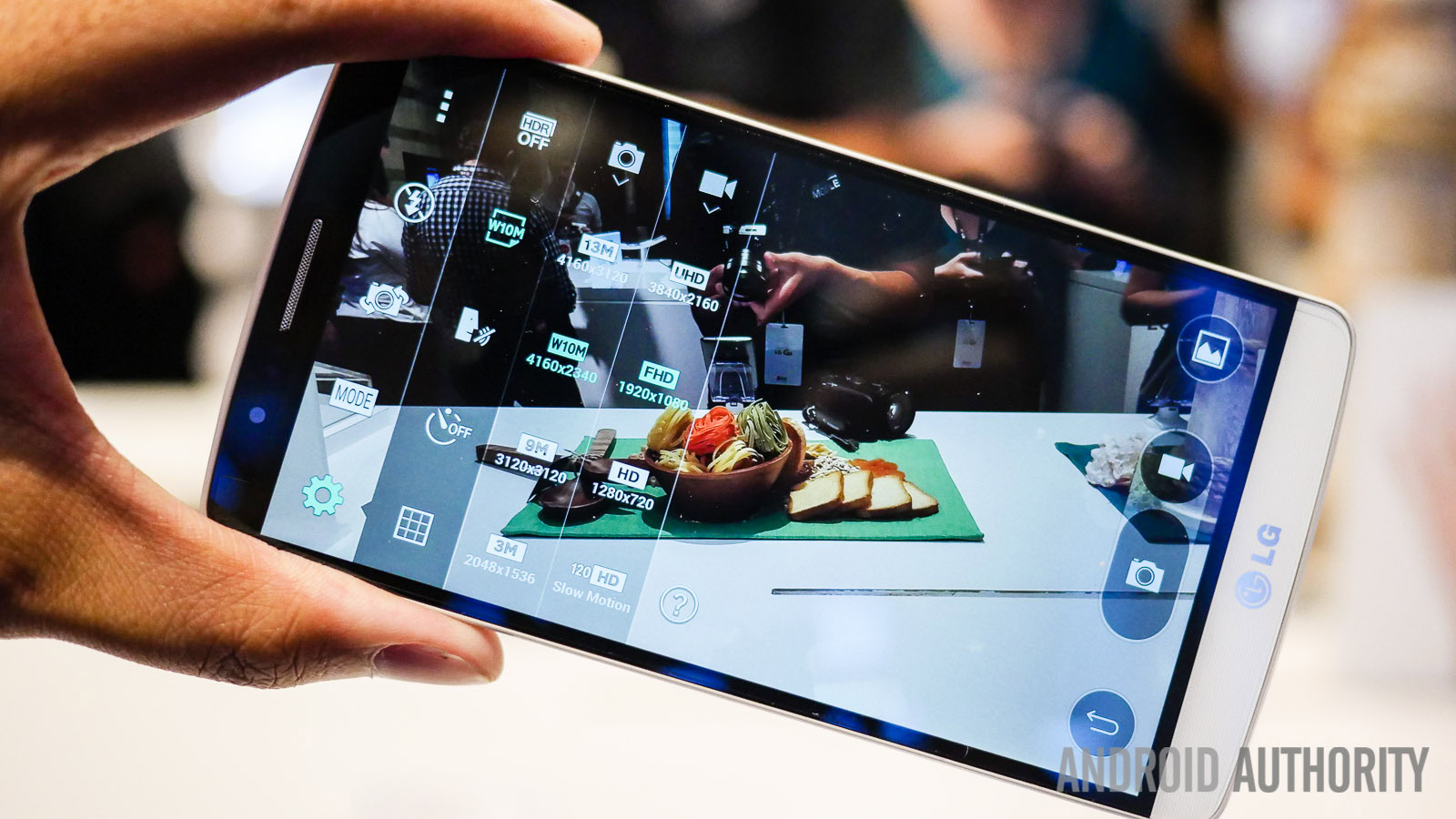Affiliate links on Android Authority may earn us a commission. Learn more.
How it works - LG G3's laser auto focus
Published onMay 29, 2014

The newly announced LG G3 is a feature packed flagship handset, offering up a range of cutting edge technologies that give other flagships a run for their money. Although the QHD display might be the talk of the town, there’s another really interesting piece of technology tucked away in the LG G3’s camera – laser auto focus.
As the name implies, the LG G3 make use of a laser sensor system to adjust the focus of the handset’s rear camera, rather than say phase detection focusing used in the Galaxy S5 and more expensive DSLR cameras, or the popular contrast detection method. The obvious question is then, is it better? How does it work?
How it works
Whilst laser technology sounds a tad gimmicky and a little on the sci-fi side, the use of laser technologies for calculating distance is nothing new. The idea has been used in a number of industries and products for a many years, including rangefinders and even in some compact cameras.
The familiar principle remains the same when it comes to the LG G3. There’s a small laser transmitter located on the back of the handset near the camera sensor, which is where most of the work takes place. The first step involves firing out a short laser light burst, which is then reflected back off whatever you happen to be pointing the camera at. This light then travels back towards the sensor, where the software calculates the time it takes for the light to leave and return, resulting in a very accurate measurement of how far away the target object is.

The beam that is emitted is extremely thin, which manes that there’s a lower chance of multiple returns caused by reflections and refractions. However, such a technique doesn’t always produce the desire accuracy and results, especially at longer distances and in more open environments. As you can imagine, the size of the receiving sensor is quite compact in a smartphone, and therefore the angle for error is also relatively small.
To counteract this issue, LG’s camera operates as more of a hybrid device, making use of either laser or contrast detection methods when required. LG compensates for poor laser returns, reflective surfaces and detection of transparent surfaces, which the laser would pass through, with contrast detection. Contrast detection uses the main image sensor, sweeping upwards through increasing levels of contrast to find the difference between adjacent pixels. In situations where contrast detection is used, LG’s laser system allows the auto focus algorithm to automatically skip the first two feet of distance, which helps to speed up the process. However, there’s no actual depth calculations with the contrast method, which makes it more difficult to track moving objects.

By using this hybrid system, the LG G3 is able to very quickly and accurately detect the focal distance of closer objects. LG claims almost instantaneous detection of objects within two feet of the camera. The LG G3 takes around just 276 milliseconds to focus an image, which is especially important when trying to focus on moving objects. The laser also operates perfectly in low light conditions, whereas contrast detection would struggle to tell the difference between multiple dark pixels.
Does it make a difference?
The biggest benefits to laser assisted focus comes from increased speed and accuracy when focusing, especially at short distances where the beam’s bounce back is more predictable. Consistent performance in darkened environments is also a big benefit, especially when compared with contrast based focus. However, lasers aren’t necessarily reliable in every environment.
Just like contrast detection, phase detection is another passive way of detecting the optimum focal point. It doesn’t instantly detect focal distance through mathematical calculations, but instead relies on a little bit of trial and error to correct the sensor’s focus. For the sake of comparison, briefly, phase detection uses a beam splitter to separate incoming light into multiple images, which can then be compared, in terms of light intensity, to determine whether or not the image is in focus. The Galaxy S5 uses a contrast/phase hybrid auto focus, whilst most other handsets rely solely on contrast detection.

Again, the only real advantage laser sensors have over phase detection is the speed at which focus can be achieved, in certain scenarios. It’s tough to say which of these two is best overall, as different shot types will likely favour slightly different approaches. However, the combination of laser and contrast detection is bound to be better than a contrast only setup, giving the LG G3 an advantage over most other smartphones. Of course, real world tests will be the best judge.

By developing a hybrid system, LG aims to take the best of both worlds, and on paper it sounds like an impressive and useful piece of technology. We’ll have plenty more hands on time with the LG G3’s camera when it comes to our full review, where we’ll definitely be putting the laser sensor through its paces.